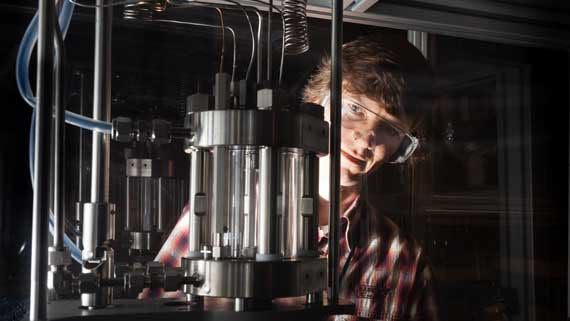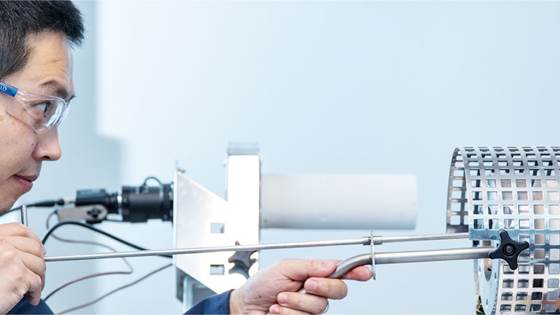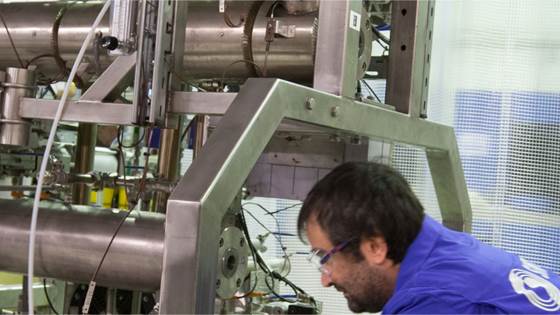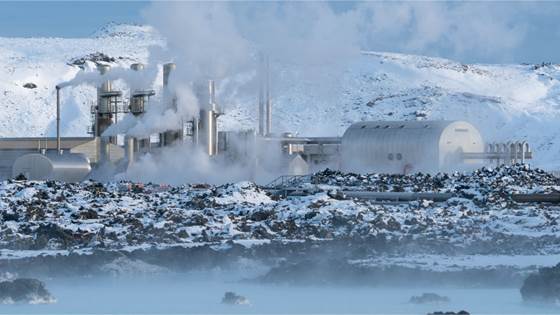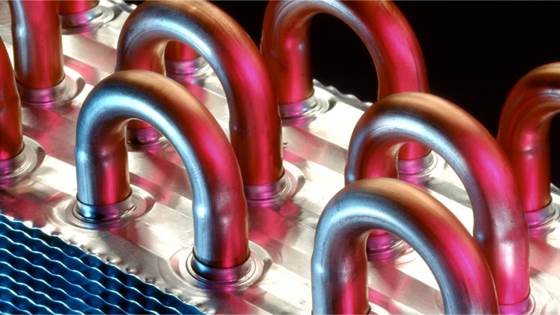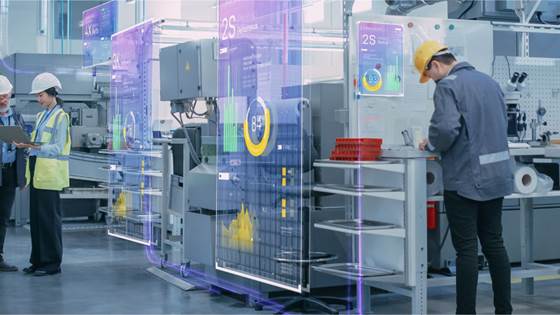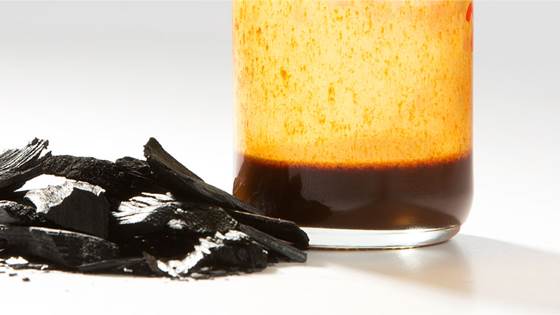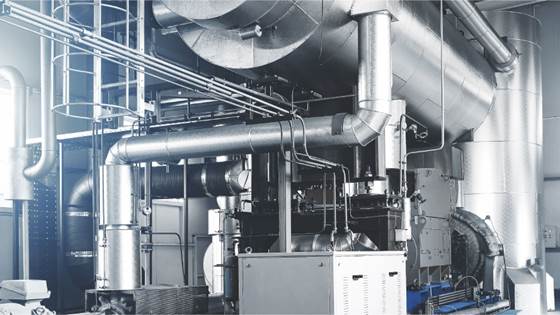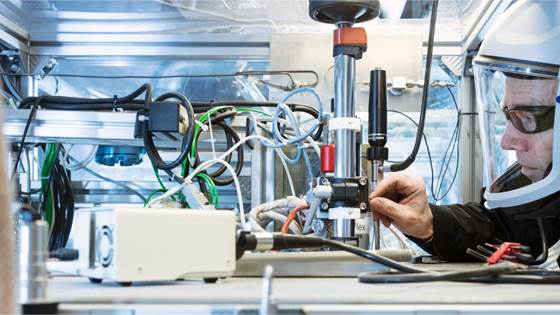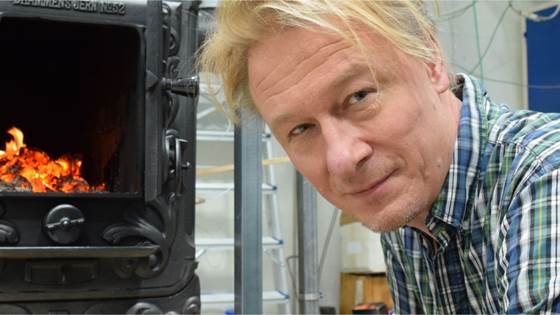The laboratories have advanced equipment for applied research and testing in the field of all of these subject areas. The thermal engineering laboratories has performed a comprehensive upgrade of all infrastructures in order to meet the major challenges that modern research requires. The new facilities now meet the highest standards in the field of safety and environmental issues within the whole field of research.
We have several laboratories within these areas:
- Bioenergy
- Research and development related to thermochemical conversion of biomass, waste and by-product into renewable energy, biofuels, and carbon carriers.
- CCS
- Combustion
- Efficient energy use and waste heat
- Food Engineering Laboratories
- Indoor environment quality
- Refrigeration and low temperature

